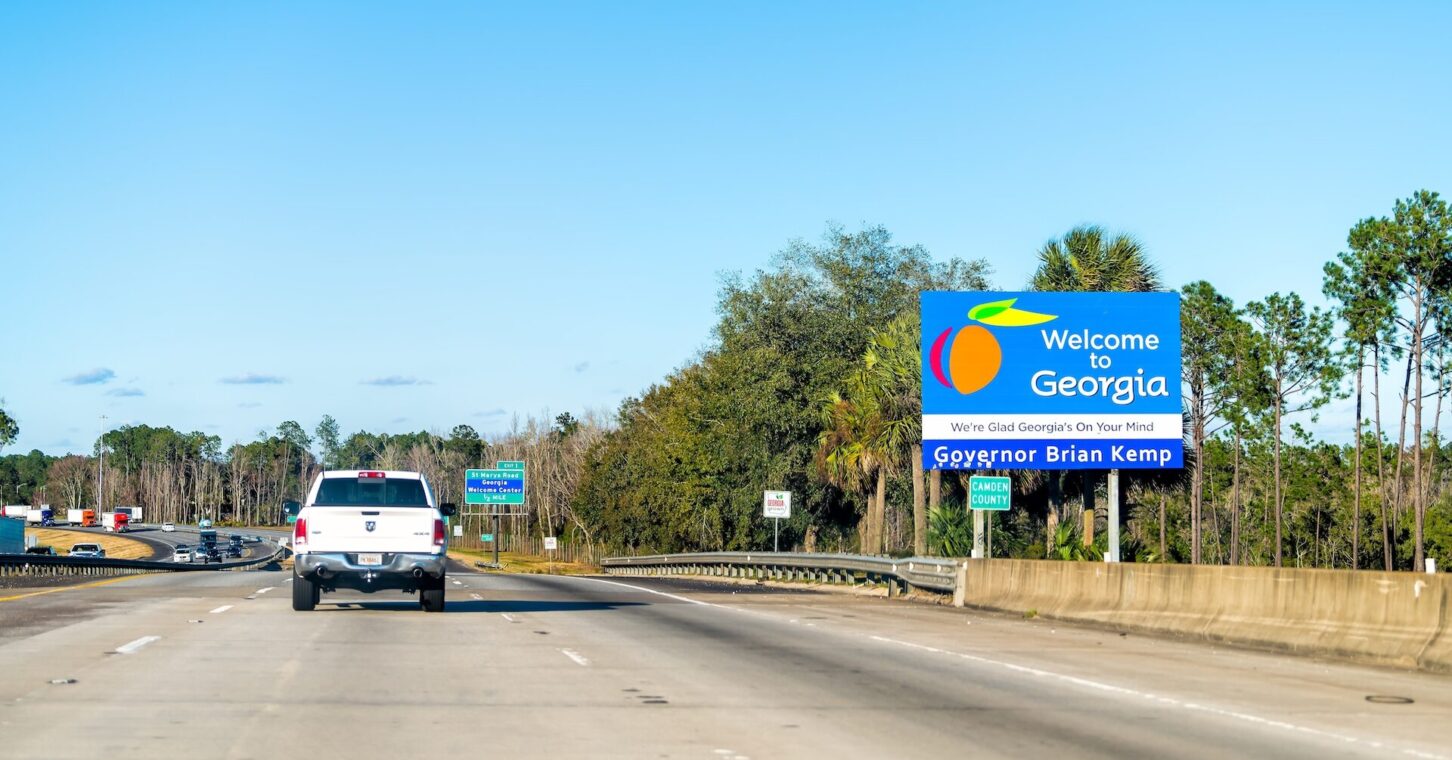
By rights, the 2024 election would be focused on a number of crucial challenges facing the nation. Over the coming weeks I will examine several of them. Let’s start with transportation.
As vacationers hit the road this summer, they probably give scant thought to the condition of the highways they’ll travel. But we can no longer take well-maintained roads for granted.
The interstate highway system launched in 1956 and was basically complete by the 1980s. The average life expectancy of such roadways is about 50 years.
You can do the math here.
When these roads reach the end of their functional lives, they may need to be rebuilt from the substructure up; mere resurfacing won’t suffice. In 2019, the Transportation Research Board estimated the cost of reconstructing and modernizing interstates over the next couple of decades would be between $900 billion and $1.4 trillion.
Despite the trillions of dollars Congress has appropriated recently in the name of “infrastructure,” this expense still looms. Worse, excessive pandemic-era spending produced inflation that likely has driven the price tag much higher than that 2019 estimate.
Motorists pay 18.4 cents of federal tax per gallon of gasoline they buy (24.4 cents/gallon for diesel). That amounted to $42.1 billion in revenue in fiscal 2023. Of that, $37.4 billion was spent on highways, with the rest going to mass transit.
There are two problems here. First, $37.4 billion represents only about two-thirds of what Congress appropriated for highways this year. The rest comes from general revenues (or, more accurately, was borrowed). Second, as vehicles become more fuel-efficient or run on alternative fuels, the motor-fuel tax will decline as a revenue source.
What to do?
Marc Scribner, a senior transportation analyst with the Reason Foundation, offers three ideas in the Club for Growth Foundation’s newly published “Freedom Forward” policy handbook.
First, Scribner recommends restoring the “user-pays/user-benefits” principle and refocusing federal spending on “projects of national significance.”
The original idea of the federal motor-fuel tax and interstate highway system was that the new roads would be funded by the people using them. This approach incorporates fairness and proportionality, since those who get more use of the roads pay more for them. It is also self-limiting and predictable, since the revenue is stable year-over-year and represents a ceiling for what can be built. But we have abandoned those principles, first by allowing motor-fuel revenues to be spent on mass transit, and then by supplementing them with general funds for highways.
Restoring that principle would mean limiting the role of federal funds – which is already mostly true, since state and local governments spend three to four times as much as the feds on highways and transit. Focusing only on maintaining and modernizing interstates would accomplish that.
The second recommendation is to use tolls and private financing to leverage available public funds – essentially, to get more bang for our buck.
While Georgia has been doing more of both of these in recent years, with the Peach Pass tolled lanes and public-private partnerships (P3), the United States has actually lagged behind Europe in these respects.
But when the U.S. has used these arrangements, it has saved taxpayers money. By 2022, Scribner writes, some 27 P3 road projects cost $18.5 billion in public financing and $28 billion in private financing. Those projects alone would have required a 150% increase in taxpayer spending to have moved ahead.
Finally, Scribner suggests reducing regulatory barriers, to increase competition and reduce costs. “Buy America” requirements for federally funded road infrastructure, for example, was estimated to add $652 million in construction costs per year. Even worse are Davis-Bacon labor requirements, the cost of which was put at $10.9 billion in 2010 alone according to one study.
In short, highway spending should get the best deal for taxpayers, not a sweet deal for special interests.
As the interstate highway system prepares to mark its 70th birthday, a new approach will keep it looking fresh for decades to come.
